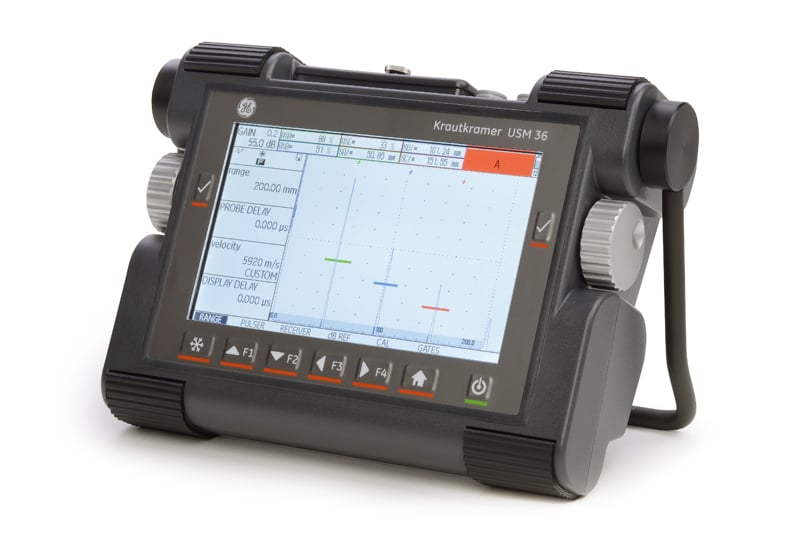Ultrasonic Testing – An Essential NDT Technique For The Mining Industry

Mechanical failure in the mining industry can have extremely serious, so it is vital that the operating health of plant systems and components is tested regularly to ensure the highest levels of safety, reliability, profitability and productivity.
The mining industry also has to adhere to various prescribed standards and regulations which also require the regular testing of plant and systems. In order to accomplish the necessary testing with minimal downtime and without causing any damage to the area under test, the mining industry utilises a variety of non-destructive testing (NDT) methods.
NDT provides operators with crucial information about their plant and equipment which helps them evaluate whether it is fit for service and what action needs to be taken. Different NDT methods are more appropriate than others in various situations, but one technique which has become indispensable in the mining industry is Ultrasonic Testing (UT).
UT uses short ultrasonic pulse-waves to detect internal flaws or characterise materials (both metallic and non-metallic) and is particularly effective in testing for flaws and corrosion in components and critical equipment used in the mining industry. Because UT enables fast, accurate and reliable testing of items such as pressure vessels, pipelines and welds and because of its dependable results, it’s not only used to identify potential failure sites but is also of significant benefit to a mine’s predictive maintenance programme.
Mining equipment is also often under constant operational stress because of continuous use and the weight of the materials involved. UT is an indispensable NDT technique for ensuring that all systems and machinery, including hidden and inaccessible internal areas are operating safely and efficiently.
How does UT work?
Because sound waves travel at different velocities in different materials, a change in velocity can signal a discontinuity or flaw. In very simple terms, soundwaves are introduced into the material and will travel through it until they hit a flaw – at which stage they are reflected back to the transducer. A comparison of the soundwaves that were originally emitted from the transducer and the ones received back help the operator define the location of the flaw and determine its size.
Benefits of UT
- UT can be used on a huge range of complex and unique shaft geometries.
- UT is faster than many other NDT methods, so downtime is minimised.
- UT delivers a high probability of detection of critical defects.
- Penetrates into internal structures. UT enables comprehensive coverage of critical internal areas of pressure vessels, oil and gas pipelines etc without the need (and the cost) of disassembly.
- Reliable and dependable. Comprehensive data significantly increases the probability of detection.
Ultrasonic techniques do rely on highly skilled technicians but technological advances have been made to automate the process and assist technicians to interpret the complex signals. The high levels of operator experience has not hindered the widespread use of UT in the mining industry in any way however, and many operations rely on the technique to keep its vehicles and machinery operating at optimum levels of safety, reliability and profitability.
If you’d like to learn more about the application of ultrasonic testing at your mining operation or would information on any other non-destructive testing equipment, you should call the professionals at Nexxis on 08 9418 4952. They supply an extensive range of NDT equipment for hire or sale, including ultrasonic flaw detectors and you can see their full catalogue on their website, nexxis.com.au.

